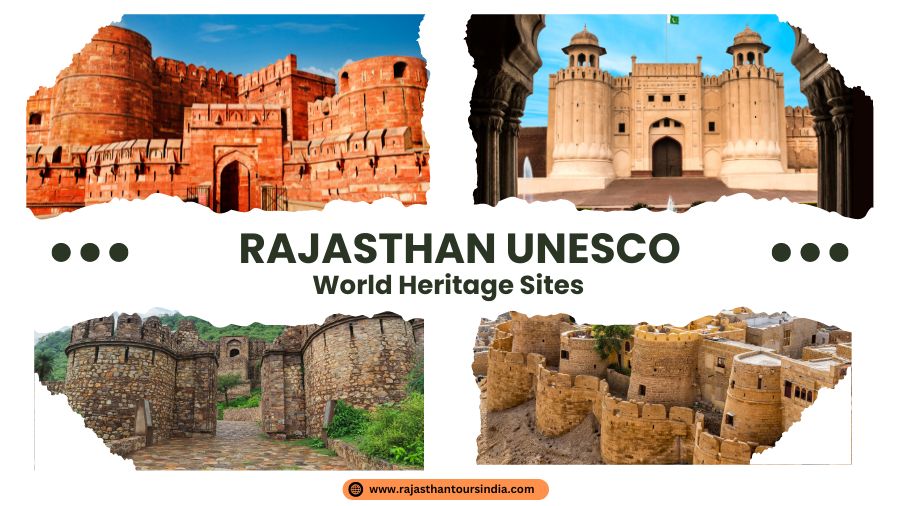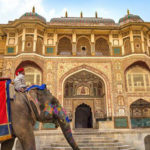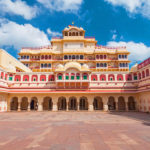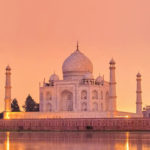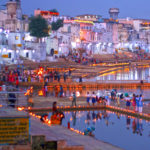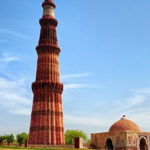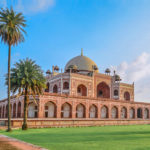Rajasthan is a vibrant tapestry woven with rich history, captivating culture, and architectural marvels. But beyond the bustling bazaars and colorful festivals lies a treasure trove of UNESCO World Heritage Sites, each a testament to the region’s enduring legacy. Embark on an unforgettable adventure with Rajasthan Tours India as we unveil these architectural gems, taking you on a historical odyssey through forts, palaces, and a sanctuary teeming with life.
List Of UNESCO World Heritage Sites In Rajasthan – Hill Forts
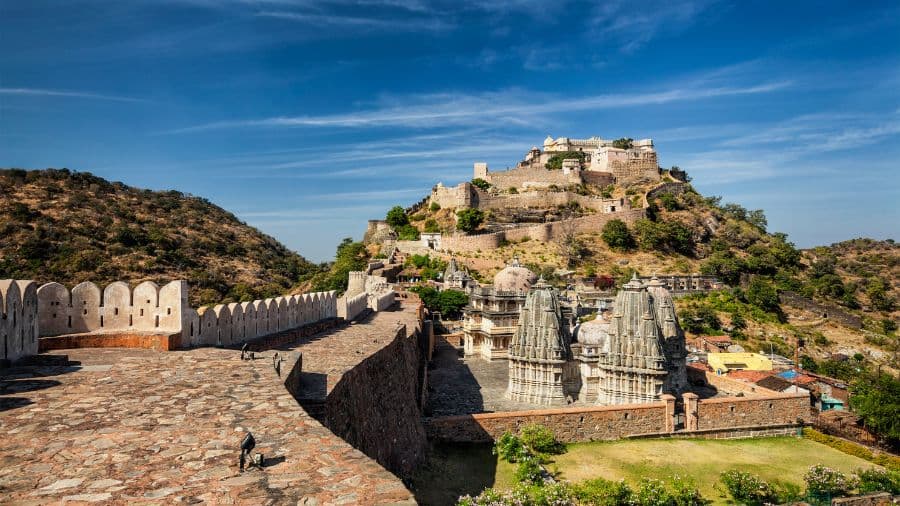
The Hill Forts of Rajasthan, a collection of six imposing forts that watch over the plains of the Thar Desert, have been listed as UNESCO World Heritage Sites. Created during the 8th and 18th centuries, these indestructible architecture demonstrate the Rajputana emperors’ mastery of architecture and strategic wisdom:
1. Chittorgarh Fort: The largest fort in India, Chittorgarh Fort, is renowned for its terrible yet valiant past. The fort complex, which covers an area of more than 700 acres, features palaces, victory memorials, and the best examples of Rajput architecture.
Take in the magnificence of the seven-story Rana Kumbha Palace, which is embellished with elaborate filigree and carvings. Ascend the imposing Vijay Stambha triumph pillar, which marks the victory of the Rajputs over the united troops of the Malwa and Gujarat sultanates.
2. Kumbhalgarh Fort: This fort, named the “Great Wall of Mewar,” is the second largest in Rajasthan. Kumbhalgarh is encircled by the world’s second-longest wall, which stretches for an incredible 36 kilometers. It embraces beautiful palaces, temples, and Jain shrines.
Discover the Badal Mahal (Cloud Palace), called from the mist that often surrounds it and provides beautiful views of the Aravalli Hills. Step back in time to the Neelkanth Mahadev Temple, a 15th-century Jain temple known for its magnificent marble carvings.
3. Ranthambore Fort: Ranthambore Fort, located on a rocky hill, served as both a defensive fortress and a royal hunting ground. Today, the fort is located within Ranthambore National Park and offers an insight into the region’s extensive ecological heritage. Climb the massive gateways to explore the spacious courtyards of the fort compound. For an unforgettable trip, take a wildlife safari in the park, where you may see leopards, tigers, and an array of birdlife.
4. Gagron Fort: Gagron Fort, situated in the Aravalli Hills, provides a tranquil haven. Explore its finely carved step wells and temples, which are relics from an earlier time. Admire the finely carved statues and discover the extensive history of the fort, which is said to have begun in the second century BC. Enter the finely constructed baoli (stepwell), a work of engineering wonder that supplied water to the occupants of the fort.
7. Amber Fort: Amber Fort, an outstanding example of Mughal and Rajput architecture, was the Kachhwaha Rajputs’ capital prior to Jaipur. Enjoy a real royal experience as you ride an elephant to the fort, and be amazed by the Sheesh Mahal (Hall of Mirrors), a stunning example of Mughal artistry.
Discover the Jai Mandir watchtower, which provides sweeping views of the surroundings. The lavish Diwan-i-Am (Hall of Public Audience), previously the venue of the Rajput court sessions, is not to be missed.
8. Jaisalmer Fort: The sight of Jaisalmer Fort rising magnificently from the golden dunes of the Thar Desert is mesmerizing. Renowned as the “Golden Fort” because of the color of its yellow sandstone, its magnificent gateways and fine carvings take you back in time.
Explore the historic Jain temples and merchant havelis as you meander around the fort’s winding passageways. Reach the highest point of the fort, which is crowned by the imposing Jain temple complex, and take in the stunning view of the surrounding desert.
List Of UNESCO World Heritage Sites In Rajasthan – Protected Territory
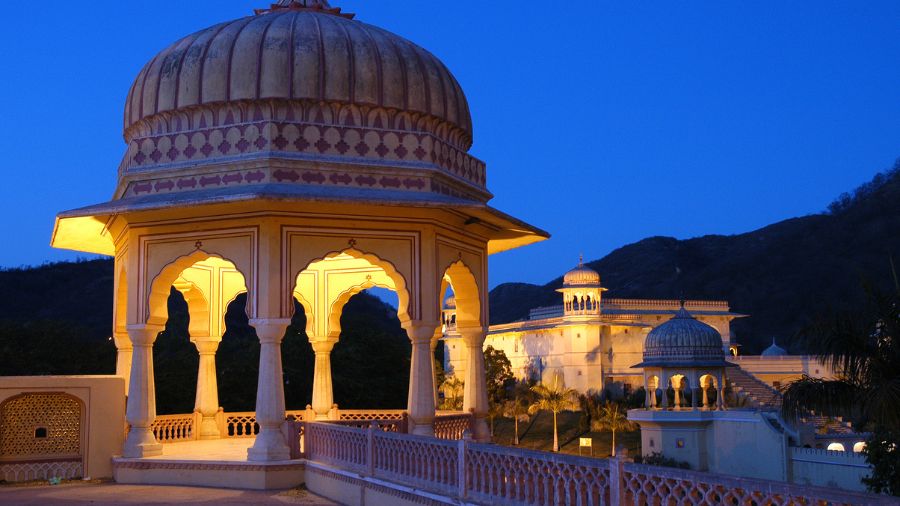
1. Jantar Mantar: A Legacy Of Astronomical Marvels
A UNESCO World Heritage Site is Jaipur’s Jantar Mantar, an observatory dedicated to astronomy. The observatory was constructed in the early 1700s by Maharaja Jai Singh II and is a collection of architectural equipment meant to be used for studying the movement of celestial bodies.
The most widely recognized tool is the Samrat Yantra, which is the biggest sundial in the world. The Mughal dynasty in India produced significant advances in science, as evidenced by Jantar Mantar.
2. Keoladeo National Park: A Haven For Wildlife
Keoladeo National Park, formerly called Bharatpur Bird Sanctuary, is located far close to Bharatpur and is a naturalist’s and birdwatcher’s paradise. Many different kinds of birds find refuge in this artificial wetlands, which is designated as a UNESCO World Heritage Site.
Keoladeo is home to around 370 bird species, both migratory and resident. The park provides a window into the wonders of nature, from the imposing Siberian cranes to the secretive Indian-painted storks.
3. The Pink City Jaipur: A Cultural Gem
In addition to housing Jantar Mantar, Jaipur, the capital of Rajasthan, is also a UNESCO World Heritage Site. The city, known as “Pink City,” is named for its unusual architectural style and strategic planning. It also has a striking pink exterior paint finish. Enjoy the vibrant bazaars, opulent palaces such as Hawa Mahal (Palace of Winds), and the expansive City Palace, which presents Rajput artwork and architectural design.
Conclusion
Rajasthan’s UNESCO World Heritage Sites are more than just historical landmarks; they are portals to a bygone era. Each site tells a story of Rajput’s bravery, creative architecture, and rich heritage. Whether you’re a history buff, a nature lover, or simply an admirer of architectural marvels, Rajasthan’s UNESCO World Heritage Sites have something to offer everyone.
So, be sure to include these amazing locations in your itinerary for your next trip to Rajasthan. Marvel at the astronomical wonders of Jantar Mantar, explore the stately forts and stroll through the tranquil Keoladeo National Park. The UNESCO World Heritage Sites of Rajasthan are waiting to take you to a realm of cultured significance and enduring beauty.
Also Read: Jodhpur Marwar Festival Of Rajasthan 2024





